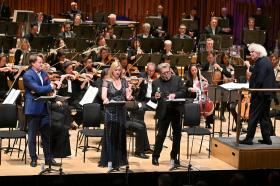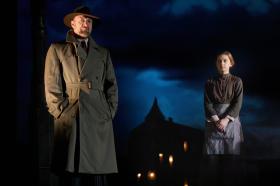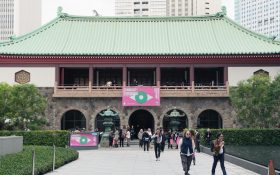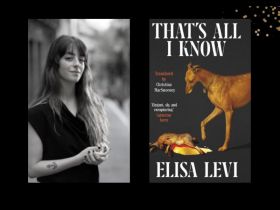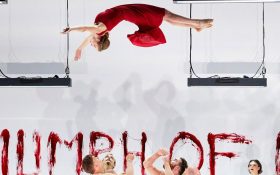As European Capital of Culture for 2008, Liverpool is positively stuffed with galleries, concerts, events and more. You can see where great wads of cultural funds have been thrown at the city in the hope of regeneration – but also where it is missing: in the streets of burnt out, boarded up houses on the city fringes, and the sad queues outside O’Neill’s chain pub on any evening.
Yet the reason all the central hotels and restaurants were booked out last Saturday night had nothing to do with Capital of Culture, or the famous Bluecoat reopening with Yoko Ono as special guest. It was a Liverpool home game, and nothing attracts punters to this city like their world famous football team.
While half the city centre is still under construction with the much anticipated Liverpool One complex, more than two years of re-building has just been completed at the Bluecoat, with the £12.5 million addition of a new wing and refit of the old Victorian building that was once an orphanage and school.
To the non-football fans, Liverpool is synonymous with the Beatles, and the Beatles are synonymous with Yoko Ono. So it’s fitting that The Bluecoat, Liverpool’s oldest city centre building, which became an arts centre in the early 1900s, has embraced her also.
The Bluecoat is no stranger to artistic controversy. In 1911, it hosted the first exhibition outside London of some controversial Post-Impressionist artists like Picasso, Matisse, Cezanne, and Van Gogh.
Now Then is the rather eclectic re-opening exhibition, showcasing specially commissioned work by five artists. The star attraction is of course Yoko Ono, who is showing at the Bluecoat forty one years after her first ever paid UK performance was staged there in 1967.
Video footage of Yoko Ono’s 1967 performance piece shows on a tiny tv. Sadly the sound is obscured by the crowds vying to get into the foyer. In another room, kids play on the floor with some interactive art that invites them to wrap themselves in a fabric bag, while Yoko Ono’s videos of a naked woman’s body covered in flies play on plasma TVs on the walls.
As I make my way upstairs to the restaurant two old women are leaning against a window sill. “I need to get that Yoko Ono out of my head,” says one, while the other nods her head in agreement, “is that what they call performance art? It’s all a bit too odd for me.”
If the Yoko Ono becomes too much for you too, eager staff in the upstairs restaurant will serve you delicious food and wine, to wipe away the images imprinted on your mind.
Back downstairs after lunch, Janet Hodgson’s video piece looks tame. She uses staff from the Bluecoat to film re-enactments of famous film scenes at the gallery – cute idea, but it didn’t hit the mark. Paul Morrison has made three gallery walls his canvas with an enormous black and white painting. Upstairs is a huge beaded wall hanging and trophy sculptures by Hew Locke.
The highlight – other than the new minimalist concrete architecture itself by Dutch practice BIQ Architects – is the work on bird boxes by Alec Finlay called Specimen Colony.
Although she’s the star of the show, it’s not only about Yoko – The Bluecoat is embracing its reputation as a multifaceted arts centre with dance, performance, music, and author talks. Jeanette Winterson gave the keynote speech on Saturday.
There was no denying that on its re-opening the Bluecoat felt like the place to be, culturally, in Liverpool. The Tate at Albert Dock was slick, but all but deserted, while other than the newly spruced up pre-Raphaelite rooms the much acclaimed Walker Gallery felt old and tired.
Over 10,000 visitors passed through the Bluecoat’s doors over the weekend, many adding a wish to Yoko Ono’s Wishing Tree in the courtyard. I didn’t leave one, but if I had, it would be that I hope that this enthusiasm for a stunning new arts centre continues, and draws out more creativity in Liverpool along the lines of Alec Finlay’s bird boxes, rather than Yoko Ono’s performance art.
Now Then runs at the Bluecoat in Liverpool until 4 May 2008.
